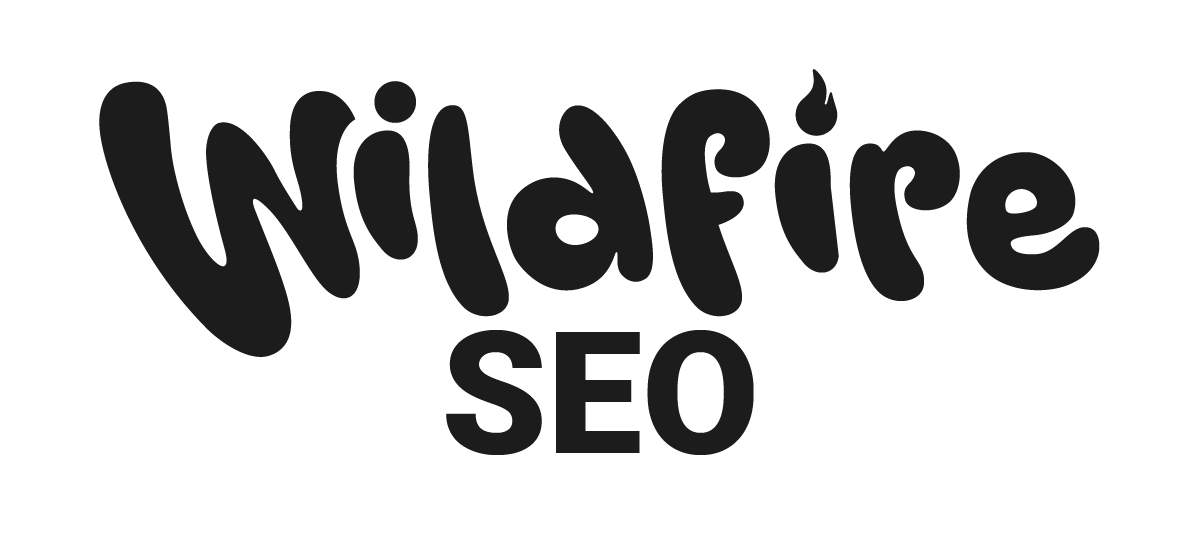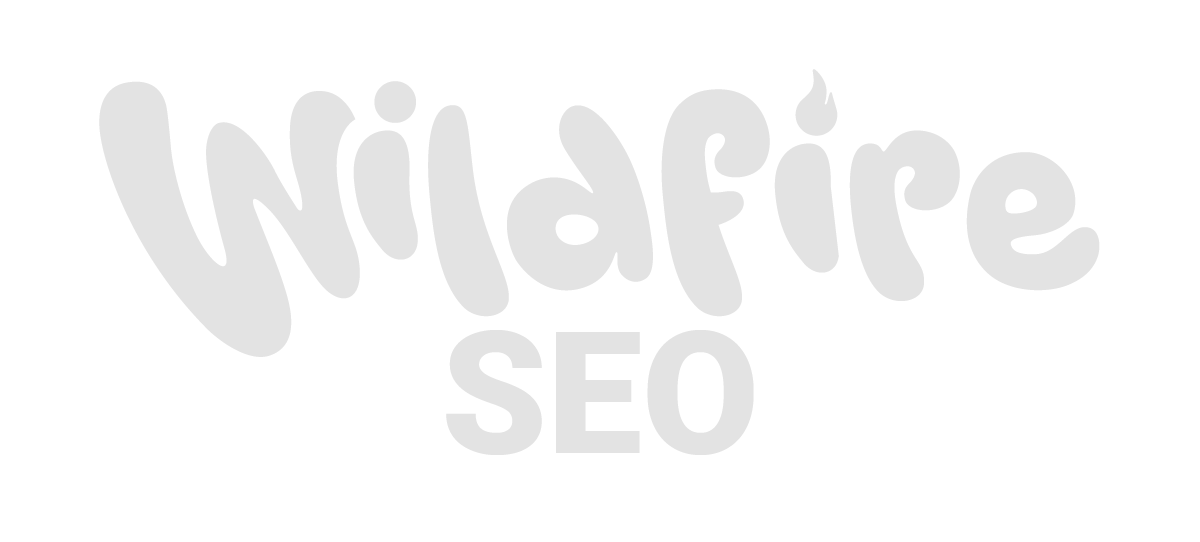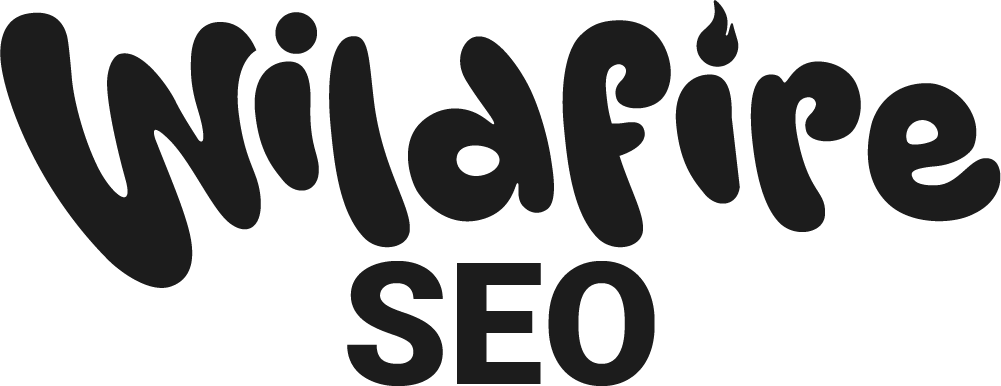
Advanced Internal Linking Strategies Used by SEO Companies
Effective internal linking is a critical factor that distinguishes elite search engine optimisation companies from the rest. While many businesses focus on external backlinks, internal linking is the backbone of site architecture, influencing how search engines crawl, understand, and rank content. When done strategically, internal linking not only improves the distribution of link equity across the site but also creates a seamless journey for users, which increases engagement and conversion rates. The sophisticated use of internal links is a powerful way for search engine optimisation companies to maximise the impact of every page, ultimately driving organic growth more efficiently.
Internal linking shapes the foundation of thematic relevance and authority within a website. It enables search engines to better understand the relationship between different content pieces, improving rankings for clusters of related keywords rather than isolated pages. For businesses seeking to thrive in competitive markets, leveraging advanced internal linking techniques is a non-negotiable element of SEO success.
Topic Clusters and Hub Pages
One of the fundamental strategies employed by leading search engine optimisation companies is the creation of topic clusters supported by hub or pillar pages. These hubs serve as comprehensive, authoritative resources that link out to a variety of detailed, supporting articles covering specific subtopics. This approach builds thematic relevance that signals to search engines that the site offers in-depth coverage of a subject, which enhances keyword rankings across related queries.
The strategic advantage lies in the way link equity flows naturally from the pillar page to its cluster pages, reinforcing topical authority. This not only strengthens rankings but also improves user experience by guiding visitors through logically grouped content. When users find everything they need on a topic within one well-organised cluster, they tend to stay longer and engage more deeply — a behavioural signal that further boosts SEO performance.
Dynamic Internal Linking Scripts
To manage internal linking on large-scale websites efficiently, many search engine optimisation companies implement dynamic internal linking scripts or plugins that automatically insert contextually relevant links. This automation ensures that even thousands of pages remain interconnected, maintaining a natural linking structure that scales as content grows.
The motivation behind this technique is the need to reduce manual effort while preserving high-quality internal links that reflect current content relationships. Automated linking also helps avoid orphan pages and keeps the site structure flexible, enabling fast adaptation to changes in content strategy or updates in site taxonomy. For businesses with extensive content libraries, this dynamic approach safeguards against link decay and ensures search engines continually discover and rank new and updated pages.
Link Prioritisation Based on Crawl Data
Elite search engine optimisation companies leverage crawl data to prioritise internal links strategically. By analysing metrics such as crawl depth, page authority, and link equity flow, they identify valuable but underperforming pages that require additional internal link support. This data-driven prioritisation helps focus efforts where they deliver the highest return.
The rationale is straightforward: rather than spreading link equity thinly across all pages, search engine optimisation companies concentrate links on pages with the greatest potential for ranking improvements or conversion impact. This method enhances crawl efficiency by guiding search engines toward key content, boosting rankings for pages that have the highest commercial or informational value but currently lack sufficient internal support.
Breadcrumb Optimisation
Breadcrumb navigation plays a crucial role in both user experience and SEO. By clearly displaying the site’s hierarchical structure, breadcrumbs help visitors understand their location within a website and provide easy access to higher-level categories. Search engine optimisation companies optimise breadcrumb trails to maximise their dual benefit: improving user navigation and ensuring efficient link equity flow through the site hierarchy.
Properly structured breadcrumbs not only reduce bounce rates by encouraging users to explore more pages but also help search engines interpret the site’s architecture more accurately. This structural clarity supports better indexing of category and subcategory pages, enabling those pages to perform well in search results and contribute to overall site authority.
Siloing Strategies
Siloing content is an advanced internal linking strategy used by search engine optimisation companies to reinforce topical authority. This technique groups closely related content into “silos,” with strong internal linking within each group but minimal links outside it. This approach signals to search engines that the site offers specialised expertise on specific topics.
The motivation for siloing extends beyond rankings; it prevents keyword cannibalisation by separating content into distinct thematic areas, ensuring that each page supports the cluster’s overall authority. By maintaining clear, focused silos, search engine optimisation companies help websites rank more effectively for multiple, closely related keyword groups while providing users with a coherent, logical browsing experience.
Pagination Linking Best Practices
For websites with extensive content archives or product listings, pagination can create challenges for SEO if not managed carefully. Search engine optimisation companies ensure paginated series are optimised so that link equity flows consistently across pages, preventing deeper pages from becoming orphaned or losing ranking signals.
Proper pagination linking helps maintain crawl depth efficiency by guiding search engines through long series without confusion or dilution of page authority. Additionally, by consolidating ranking signals across paginated pages, companies prevent issues such as duplicate content and preserve the strength of the entire series, ensuring that users can access all relevant content seamlessly.
Anchor Text Variation Tactics
Natural and diverse anchor text is vital in preventing over-optimisation penalties and ensuring comprehensive keyword coverage. Search engine optimisation companies employ varied anchor texts that reflect user intent and context, using a mix of exact matches, partial matches, and branded or generic terms.
This variety not only improves the semantic richness of internal links but also creates a natural linking profile that aligns with search engine algorithms. Thoughtfully varied anchors contribute to a more effective distribution of keyword signals throughout the site, supporting broader ranking opportunities while maintaining a user-friendly experience.
Orphan Page Identification and Linking
Orphan pages—pages without any internal links—represent missed opportunities for traffic and ranking improvements. Leading search engine optimisation companies regularly conduct audits to identify these pages and integrate them strategically into relevant clusters or pillar pages.
By linking orphan pages, companies improve crawl coverage and ensure that every piece of valuable content contributes to the site’s overall authority. This integration also enhances user navigation by exposing hidden gems within the website, potentially increasing session duration and conversion rates.
Internal Link Sculpting and User Intent-Based Linking
Internal link sculpting involves selectively using nofollow attributes or JavaScript to control how link equity flows across a site, ensuring priority pages receive the most benefit. Search engine optimisation companies apply this tactic thoughtfully to manage crawl paths and prevent equity dilution.
Complementing sculpting, user intent-based linking places internal links where they are most relevant to a visitor’s behaviour and journey stage. By analysing user data, companies position links to direct users toward conversion-focused pages or next logical steps, enhancing engagement and driving business goals more effectively.
The intricacies of internal linking are among the most impactful strategies deployed by elite search engine optimisation companies. Each tactic—from topic clusters and dynamic linking to link sculpting and behavioural analysis—is motivated by the need to enhance crawlability, authority, and user experience simultaneously. When done correctly, internal linking becomes a strategic asset that maximises the potential of every page, creating a resilient foundation for sustained organic growth.
At Wildfire SEO, we understand the power of these advanced internal linking strategies and how they integrate into a broader search engine optimisation plan. If you want to elevate your website’s performance and leverage the full potential of your content, contact us today. We’re here to help your business achieve lasting success through strategic, data-driven SEO.



